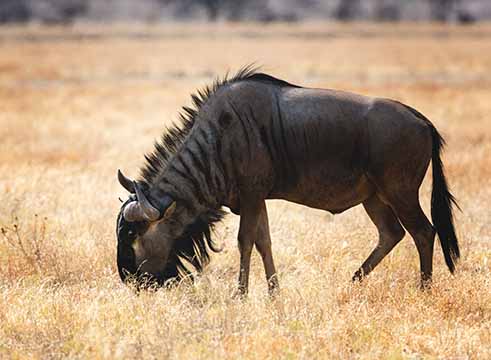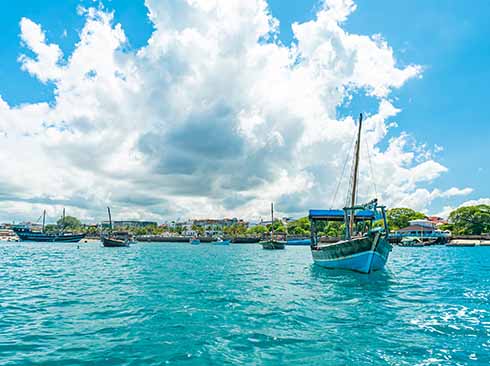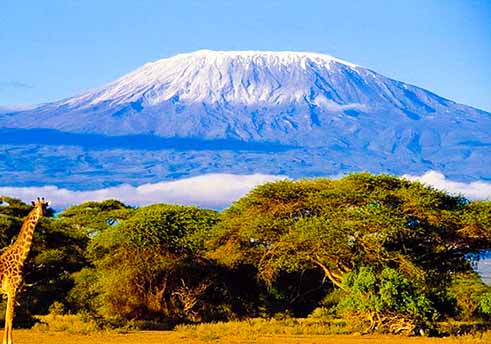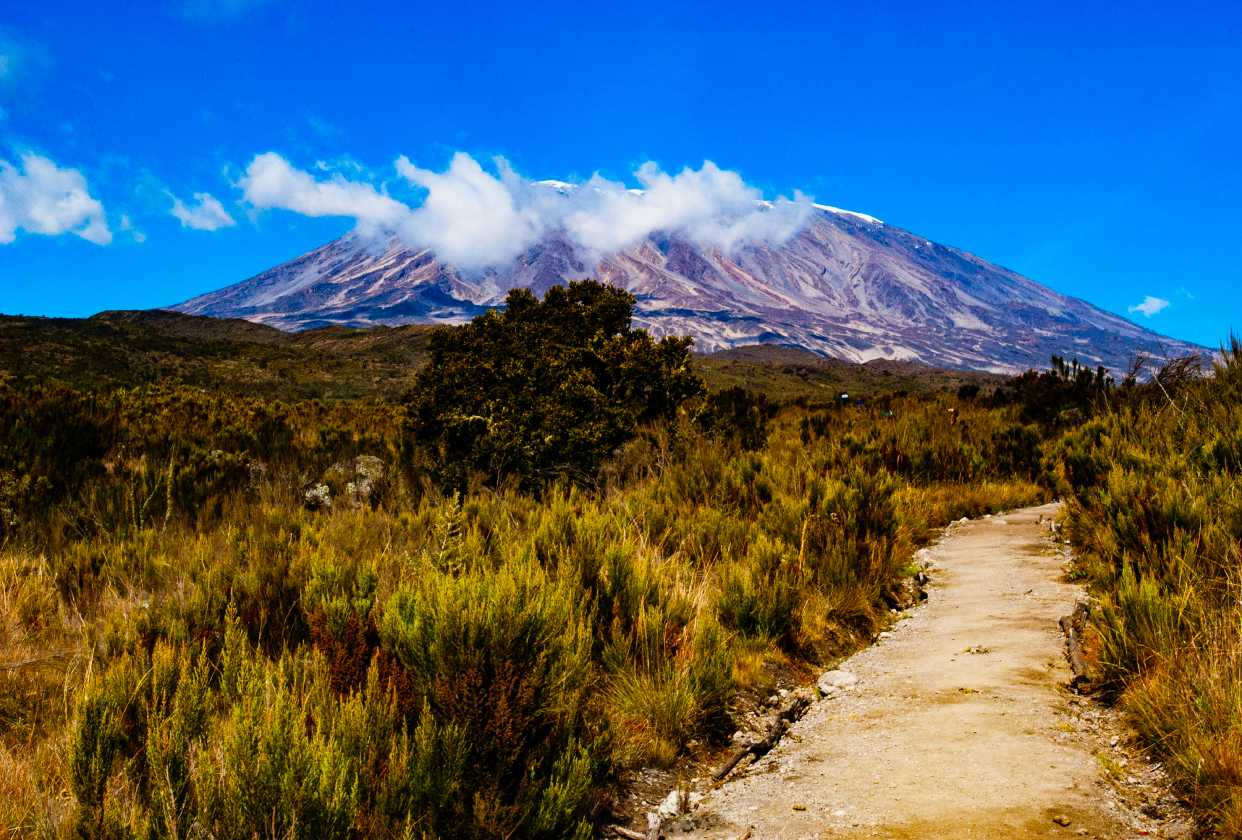Climbing Kilimanjaro: A Journey to Africa’s Highest Peak
Mount Kilimanjaro, located in Tanzania, is Africa’s tallest mountain, standing at 5,895 meters (19,341 feet). It’s a dream destination for many adventurers who want to reach the “Roof of Africa” and take in breathtaking views from the summit. The mountain is famous for its three volcanic peaks—Kibo, Mawenzi, and Shira—each offering unique landscapes and ecosystems. From lush forests to icy summits, Kilimanjaro presents a truly diverse natural environment.
Cultural and Spiritual Importance
For the Chagga and Maasai people living near Kilimanjaro, the mountain holds great spiritual and cultural significance. The Chagga see it as a sacred place, while the Maasai view it as a bridge between Earth and the heavens. Kilimanjaro is also a major economic driver for the region, drawing thousands of tourists each year. However, this tourism needs to be balanced with efforts to preserve local traditions and culture.
Preparing for the Climb
Climbing Kilimanjaro requires careful preparation. There are several routes to the summit, including the easier Marangu Route and the more challenging Umbwe Route. The best times to climb are during the dry months—January to March and June to October. Key preparations include physical training, proper gear, and choosing a route that allows time for acclimatization to the high altitude. Remember to stay hydrated, and make sure to hire a guide and secure permits.
The Climb: From Base to Summit
Kilimanjaro offers climbers a unique experience, passing through five ecological zones. Starting at the base, you’ll move from bushland to rainforest, then to heath and moorland, and finally into an arctic zone near the top. The biodiversity is stunning, with colobus monkeys in the lower forests and hardy birds at higher altitudes. The final push to the summit is tough, but the view from the top is well worth the effort.
Inspiring Climbers and Conservation Efforts
Over the years, Kilimanjaro has seen some incredible achievements, including the fastest ascent (by Karl Egloff in 2014) and the youngest and oldest climbers (ages 6 and 89). These stories show that, with determination and preparation, anyone can make it to the summit. However, Kilimanjaro’s glaciers are shrinking due to climate change, making conservation efforts more important than ever to preserve this natural wonder for future generations.
Your Kilimanjaro Adventure Awaits
Climbing Kilimanjaro is an unforgettable adventure that combines physical challenge, cultural experiences, and stunning landscapes. Whether you’re an experienced climber or a beginner, the mountain offers an incredible journey. Ready to take on the challenge? Start planning your Kilimanjaro adventure today and experience Africa’s highest peak for yourself!
For more information and to book your climb, visit our booking section.







